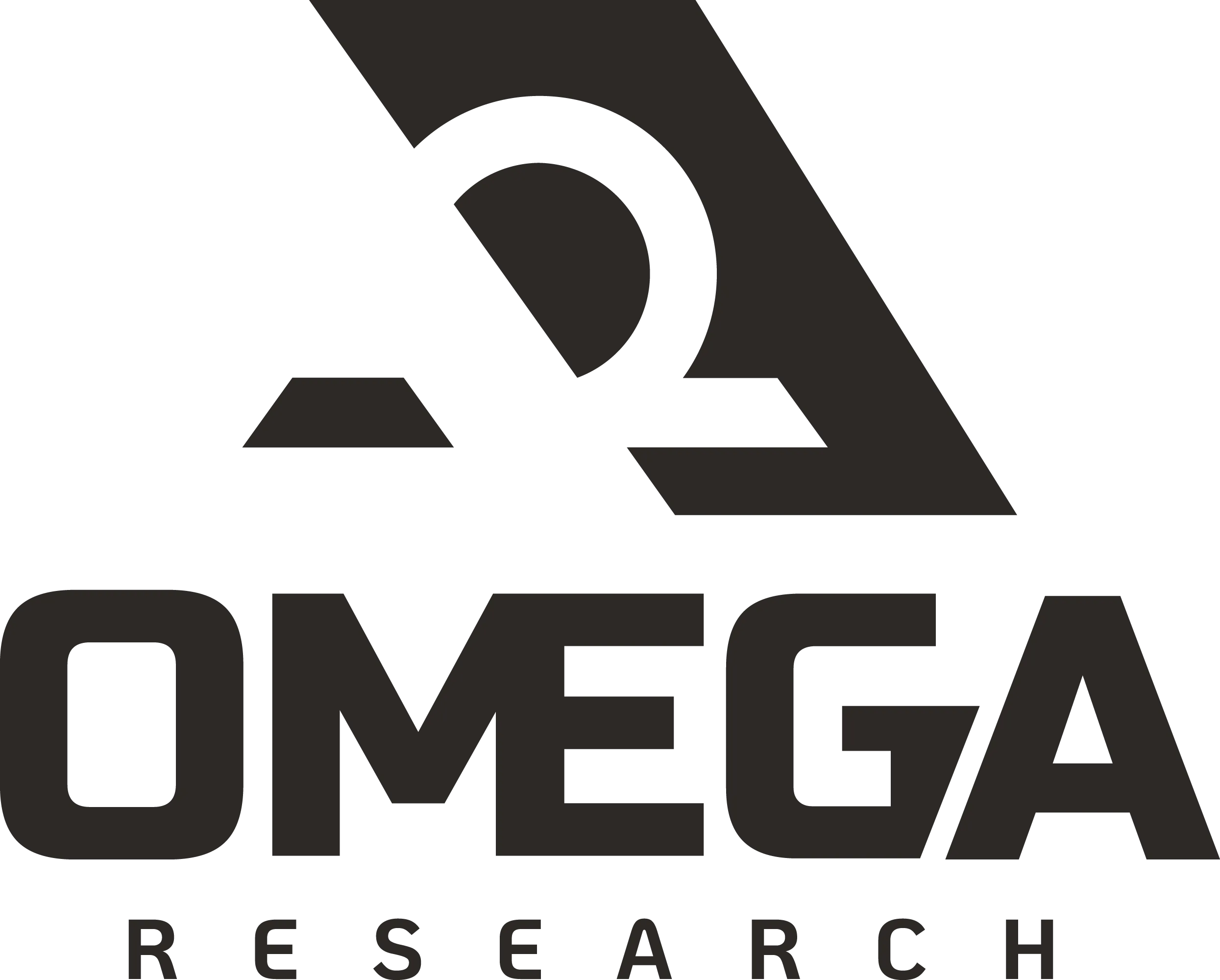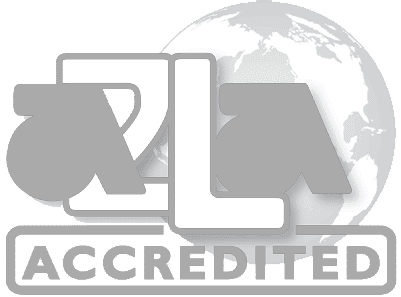In the aerospace and defense industries, few surface finishing standards carry as much weight as MIL-DTL-5541. This specification governs how chemical conversion coatings are applied to aluminum and aluminum alloys, setting the benchmark for corrosion resistance, conductivity, and coating adhesion.
Understanding the Role of MIL-DTL-5541 in Aerospace Finishing
MIL-DTL-5541 establishes how conversion coatings should be prepared, applied, and tested to achieve consistent, corrosion-resistant finishes on aluminum substrates. These coatings serve several essential functions: protecting the metal from oxidation, improving paint adhesion, and maintaining the conductivity required for electrical bonding and grounding applications.
In aerospace manufacturing, where components are routinely exposed to aggressive environmental conditions and must maintain structural and electrical integrity, compliance with MIL-DTL-5541 is non-negotiable. The standard provides a uniform framework for evaluating coating performance across suppliers, ensuring each part can perform reliably under the stresses of flight and long-term service.
Breaking Down the Specification: Class 1A vs. Class 3
MIL-DTL-5541 defines two main coating classes, each serving a distinct function.
Class 1A coatings offer the highest level of corrosion protection and are typically used for components that will remain unpainted or that serve as a primer base for painted assemblies. These coatings prioritize durability and resistance to environmental degradation.
Class 3 coatings, on the other hand, are designed for applications requiring electrical conductivity, such as bonding surfaces or electronic housings. While they provide less corrosion resistance than Class 1A, they strike a crucial balance between protection and low electrical resistance.
Choosing between these classes depends on the part’s intended use, environmental exposure, and electrical requirements. Manufacturers often rely on accredited test labs like Omega Research to verify that coatings meet the correct performance criteria for their specific application.
The Evolution from Hexavalent to Trivalent Coatings
Originally, MIL-DTL-5541 specified hexavalent chromium systems, long valued for their proven corrosion resistance and self-healing properties. However, growing environmental and occupational safety concerns prompted a major shift toward trivalent chromium alternatives.
The latest revision, MIL-DTL-5541F, accommodates both hexavalent and trivalent coatings, but with strict performance verification requirements to ensure that newer, environmentally friendly systems provide equivalent protection. Trivalent coatings offer significant benefits in terms of worker safety and regulatory compliance, particularly under REACH and RoHS standards.
At Omega Research, our testing expertise extends across both chemistries. We help manufacturers validate new trivalent systems against legacy benchmarks, ensuring that their coatings not only meet specification but perform predictably in demanding aerospace applications.
Testing for Compliance and Performance
Compliance with MIL-DTL-5541 involves a series of laboratory evaluations designed to confirm that coatings meet specified criteria for corrosion resistance and electrical conductivity. The salt spray test remains one of the most common methods for verifying corrosion performance, exposing coated samples to controlled salt fog environments to simulate years of real-world exposure.
Electrical resistance measurements confirm that Class 3 coatings maintain required conductivity levels. Achieving accurate and repeatable results depends on precise test conditions and properly prepared specimens, factors that accredited laboratories like Omega Research manage through documented processes and calibrated equipment.
Our technicians understand that small variations in preparation, pH, or exposure duration can significantly impact results. That’s why Omega emphasizes controlled methodology and traceable documentation in every test performed, ensuring that data can be confidently applied to production validation and regulatory submissions.
Our deep familiarity with aerospace specifications like MIL-DTL-5541 enables us to identify subtle issues before they become major compliance problems. Whether qualifying new coating systems or verifying legacy processes, we help customers make informed decisions that improve durability, streamline audits, and strengthen confidence in their final products.


